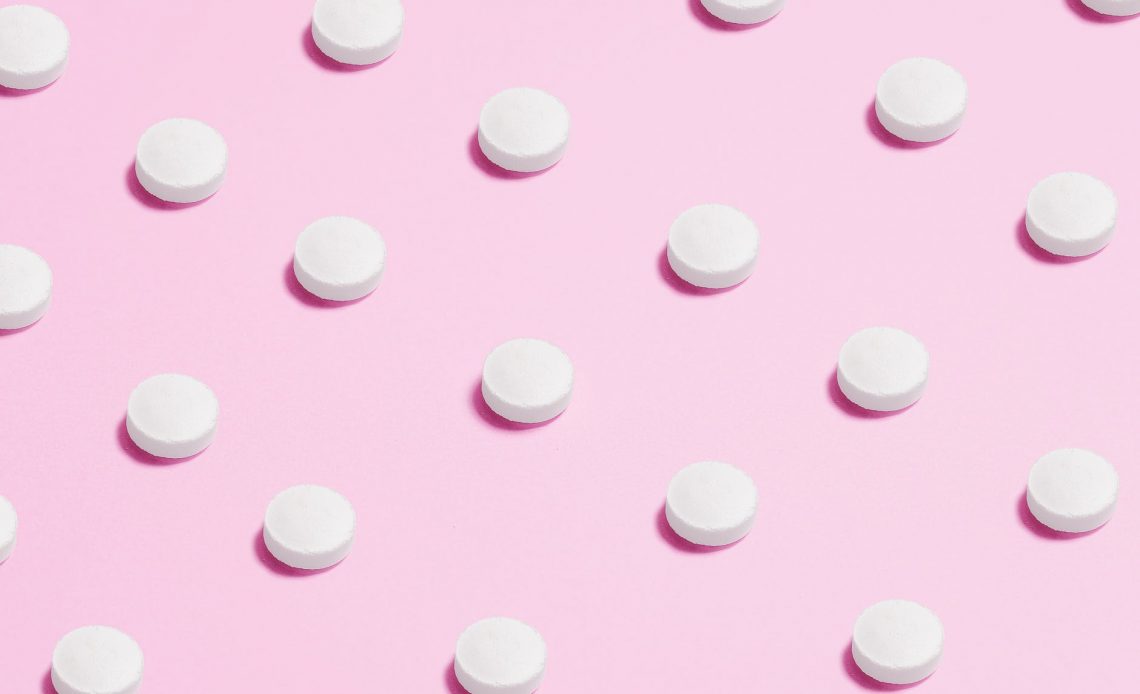Star Wars fanatics, especially those who love The Mandalorian, are out of luck. We are now in the midst of Season 2 and there is a long wait for season 3. This gives us ample time to think about what’s next. We know that the show will look completely different when it returns, and we have one question: Can it survive without Baby Yoda.
Warning! This post contains major spoilers about The Mandalorian Season 2. Please be careful. The Mandalorian focuses largely on the adventures of Mando, Baby Yoda, and the rest of the cast. Although we now know that Grogu is a beloved little alien creature, he is still affectionately known by his internet-given name. The season 2 finale was a great way to end that central journey and set up a major change when the New TV Series returns for the next round of adventures. It appears that Pedro Pascal’s bounty hunter, who is Force-sensitive, will not be able to travel the galaxy with his Force-sensitive sidekick.
The season 2 finale featured Mando and his crew snatching Grogu’s ship from Moff Gideon in an attempt to rescue him. After a bloody battle, they captured the Child and Moff Gidon was placed on the bridge. A legion of Dark Troopers would ruin the whole thing as they were preparing to smash down the doors and kill all of them. A single X-Wing, Luke Skywalker’s XWing, appeared. Luke fought through the Dark Troopers in Jedi style. The young alien, relative to his age, is then offered to teach him the Force’s ways. Mando finally decided it was right and he led Grogu off with Luke.
Grogu took this step as a natural and appropriate part of his journey. He is strong in the Force. At this time, there are only a few Jedi left in the galaxy. This is five years after the events of Return of the Jedi. This was when Luke tried to build a new generation Jedi. Din Djarin can’t properly train him, no matter how much he loves Grugu. It was, however, heartbreaking for both the characters and fans.
This leaves us in a unique place as we head into The Mandalorian series 3. Baby Yoda’s surprise revelation and popularity made the show a huge success. It helped to boost Disney+’s streaming service and brought together the Star Wars fans under one roof. The future of the franchise was almost entirely paved by that little green alien. Although it may sound dramatic, it is difficult to imagine the show without this secret weapon.

Jon Favreau, Executive Producer, and Dave Filoni, Star Wars Storytellers have established themselves as exceptional Star Wars storytellers. It was a huge task to create the first-ever live-action Star Wars series. This was especially so if you didn’t want to rely on legacy characters. Results are hard to dispute. Their creation of Baby Yoda was a key factor in their success. The Mandalorian has also thrived due to its fanbase. Its stories appeal to both casual and serious viewers. It is difficult to not wonder if the show will be able to succeed without an ace in its coffers. Will the audience be interested in seeing how Din handles his personal life, beyond protecting the Child’s safety? Will Grogu lose his interest? Yoda said, “It is impossible to see the future.”
We know that Disney and Lucasfilm will double down on Star Wars for the small screen. They have decided to increase their TV presence in the coming years due to the success of this series. Streaming is the future. The movies will still be shown. Disney+ will be home to many new shows, including Ahsoka and Rangers of the New Republic as well as The Book of Boba Fett, Ahsoka and Rangers of the New Republic, The Acolyte (Andor), Obi-Wan Kenobi, and others. Many of these shows will be set in the same timeframe as The Mandalorian. The plan is to create an “event series” down the line. It remains to be determined what exactly that will look like. Given the name-drop in season 2, there’s reason to believe that it will involve Grand Admiral Thrawn.
The main point is that Star Wars has found new paths forward through The Mandalorian. Baby Yoda was a key to unifying a fanbase that had been divided. Another key to the success of the show was that it felt new in a distant galaxy while incorporating familiar elements. Grogu, who is Yoda’s son, is familiar, but he is also new. We have never seen a younger version. These shows have the potential to be groundbreaking. The Mandalorian season 3 can also reinvent itself in new and bold ways viewers may not expect. It is possible that a new storyline or character could fill that void. Without Baby Yoda, it is possible for this shows to succeed. Is it difficult? Yes. It is possible. Favreau, Filoni seems up to the challenge.
It is also important to keep in mind that even though he is not in The Mandalorian Season 3, it is almost certain that we haven’t seen the end of Grogu. This creature could still live for another 700 years. Disney and Lucasfilm will undoubtedly use this to their advantage in the future. Grogu will be an integral part of Star Wars in the years ahead, even if the show which introduced him to the franchise must continue without him. Mando will have to find a new companion and embark on a new quest. The Mandalorian season 1 and 2 can be accessed now through the Disney+ streaming service. Mandalorian season 3 is scheduled for release on Christmas 2021.




















